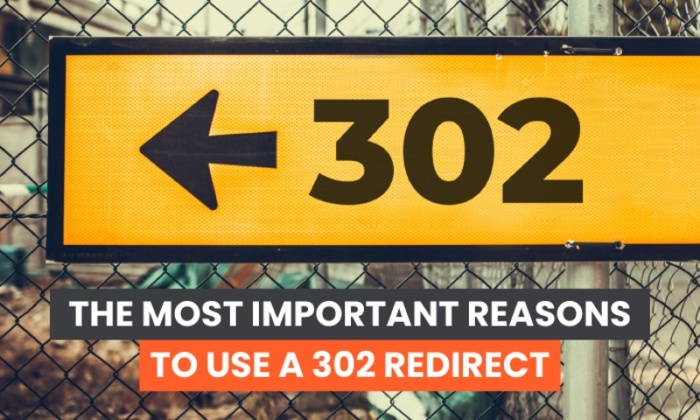What is a 301 Redirect, and When Should You Use One?

By Jon Payne
I moved five times in the last year. And every single time I moved, I forgot to sign up to have my mail forwarded to my new address.
Mail forwarding is an important step in any moving process, as it ensures you don’t lose any valuable information that’s sent to you.
And the same can be said for your website: If you’re moving a website from one URL to another, you need to take the necessary steps to ensure your visitors get sent to the right place. In the world of tech, this is called a 301 redirect.
Here, we’re going to discuss what a 301 redirect is and when you need to use one, as well as how to redirect a URL in HubSpot or WordPress. Additionally, we’ll explore the differences between a 301 and 302 redirect.
301 is one of many possible HTTP status codes, some of which you’ve probably heard of (including 404 – Not Found, 403 – Forbidden and, 500 – Server Error). When you visit a web page and the server sends the page normally, the status code it attaches to that page is 200 – OK.
You can think of a 301 redirect like a mail forwarder. Once you’ve moved a piece of content away from a specific URL, anyone who tries to visit it will receive a 404 – page not found message.
To improve their user journey, you can ask the server to forward visits from the old URL to a new location — the new home of your piece of content — using a 301 redirect.
Now, when you attempt to visit the old URL, the server will send back the 301 – Permanently Moved status code, and then move you on to the new location.
This happens so quickly that you’re usually not aware of it, and will simply find yourself on the piece of content for which you’d searched. You might notice that the URL is different from the one you clicked on or typed in. Or you might have a browser extension such as Ayima Redirect Path which lets you know when you’ve been redirected.
The other key role that a 301 redirect fulfills is with search engines. Having useful status codes that correctly signal where content has moved to allows search engines such as Google and Bing to keep their index up-to-date.
Essentially, a 301 redirect will let search engines know: “Hey, you know that piece of content that users enjoyed clicking on from the SERPs? Well, it now lives over here, so take all that visibility you associated with this page, and transfer it over to this new URL.”
This is why 301 redirects are important for SEO.
Now that we’ve covered that, let’s dive into how you can do a 301 redirect for yourself.
How to Do a 301 Redirect In a CMS
The actual process of implementing a 301 redirect varies from …read more
Source:: HubSpot Blog









